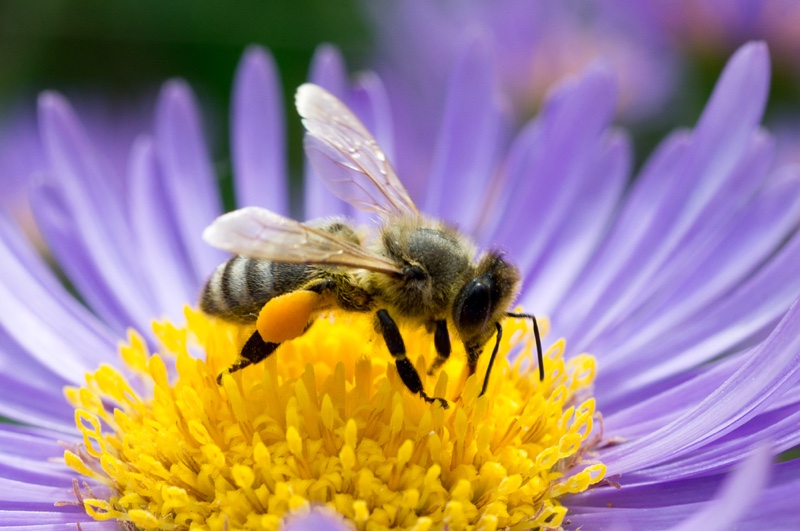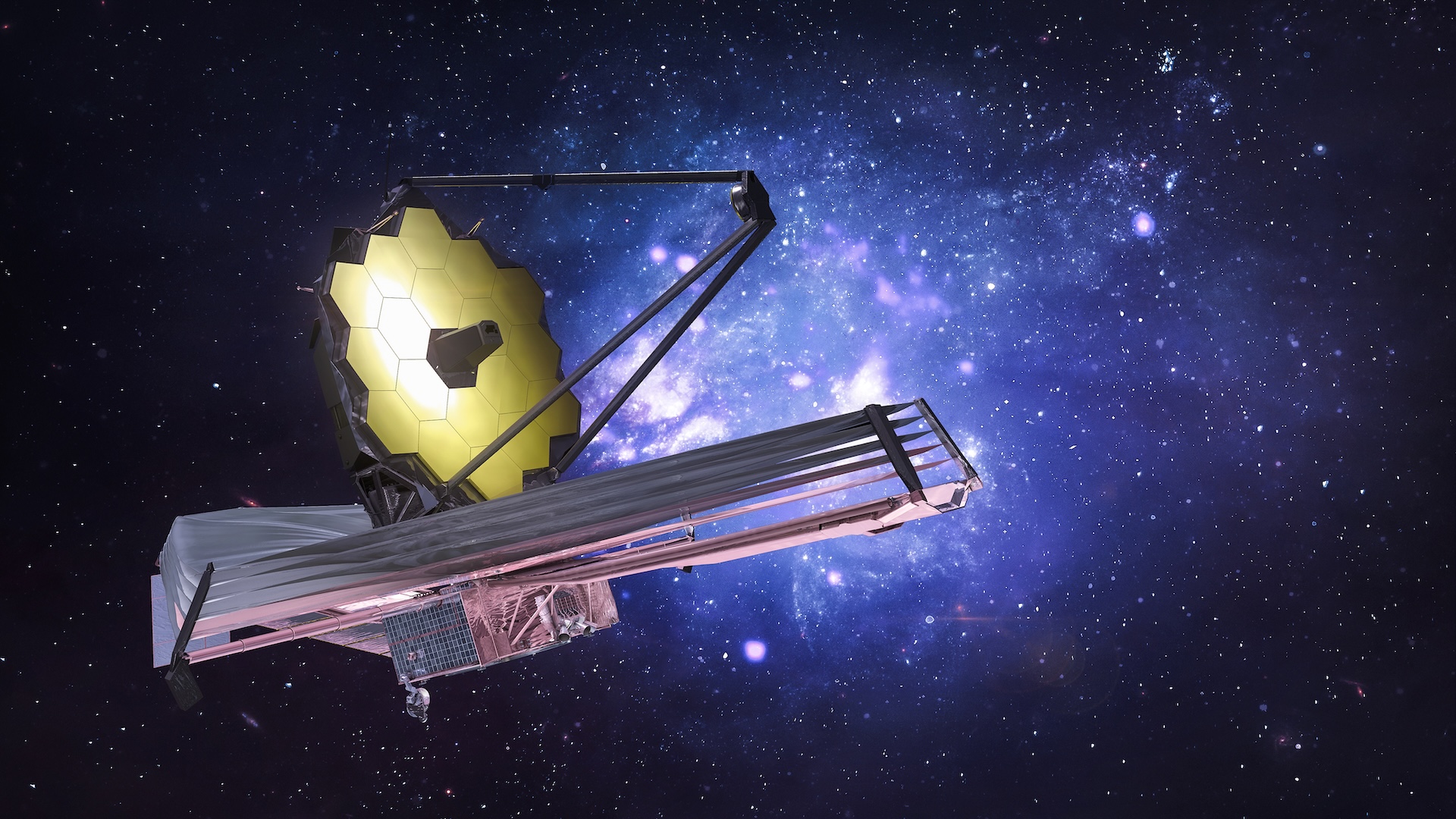The Biggest Myth About the 'Bee Apocalypse'

In 2006, an ominous term entered the public lexicon: colony collapse disorder. The mysterious, somewhat vague word describes instances where entire colonies of honeybees abruptly disappear, leaving behind their queens. Colony collapse disorder (CCD) has since fueled claims of an ongoing "bee apocalypse," which summarizes the perilous plight of our pollinator pals.
But despite panicked claims of an apocalypse, managed honeybee colonies in the United States have actually been rising since 2008. In fact, as of April 2017, U.S. honeybee colonies are at their highest levels in more than 23 years! According toUniversity of Sussex Professor Dave Goulson, perhaps the foremost expert on bees, the trend is the same globally.
Herein lies the biggest myth of the "bee apocalypse": that there actually is one. Fret not, bees aren't going extinct anytime soon. Our food supply is not imminently imperiled.
Now, this doesn't mean that bees aren't facing tough times right now. Just because domesticated honeybees, which are raised like livestock, are in greater abundance, that doesn't mean that their wild counterparts – around 20,000 species of them – aren't threatened.
But what's threatening them isn't necessarily CCD. According to the latest USDA information, just 84,430 commercial hives were lost to the malady in the first quarter of 2017, down 27 percent from a year ago. When beekeepers were queried about the biggest threats to their hives, by far an away, they cited a combination of parasites and disease.
Data is hard to come by for wild honeybee populations, but it's likely they face the same pressures. The Varroa destructor mite (yes, that's the actual scientific name) is the biggest parasitic threat, and because honeybees are now a global commodity, moved and traded all over the world like any other good, the parasites that infest them can also spread globally. Native bee populations facing novel parasites and diseases often don't stand a chance.
Pesticides could be another contributor to the decline of wild bees. Insecticides called neonicotinoids are regularly vilified here. Many lab studies reveal detrimental effects on bees, but these damages do not always show up in real-world field studies. On the whole, there does seem to be some harms from overexposure. For example, neonicotinoids may make bees slightly more susceptible to parasites or interfere with their classic "waggle dance," a key way that bees communicate.
Get the world’s most fascinating discoveries delivered straight to your inbox.
Habitat destruction is also harming wild bee species. Acres of cropland may seem verdant to us, but to bees, they aren't nearly as nourishing as expansive tracts of meadows rife with wildflowers.
Like many animals, wild bees face a shifting world altered not to fit their needs, but to fit ours. This does not constitute an apocalypse but it does warrant concern. Making the world a little more hospitable for bees will require us to heed science and avoid catastrophising a complex issue.
Original article on RealClearScience.



